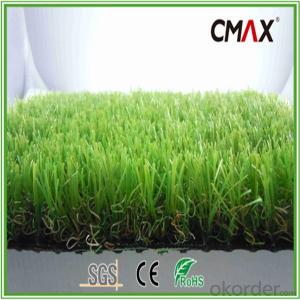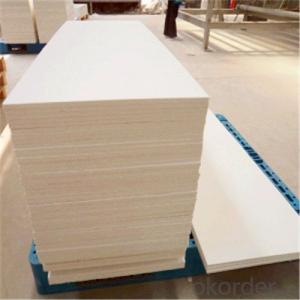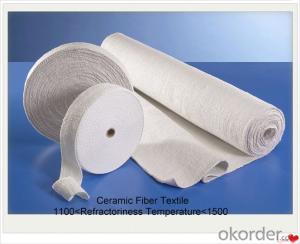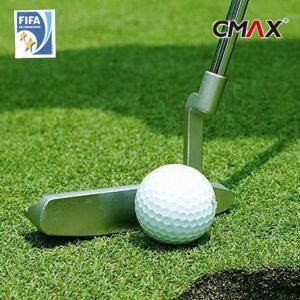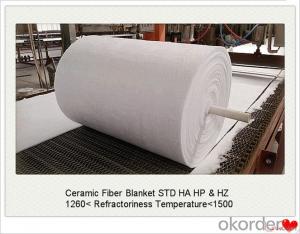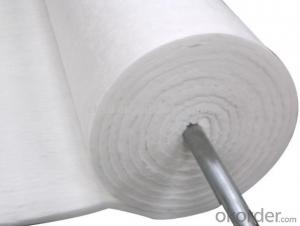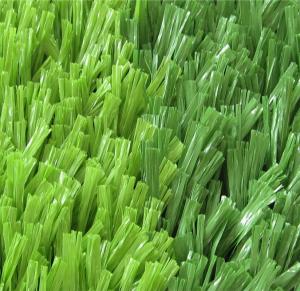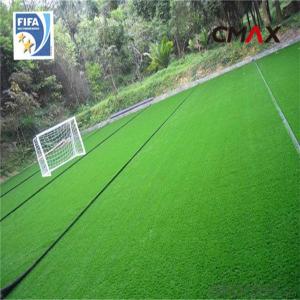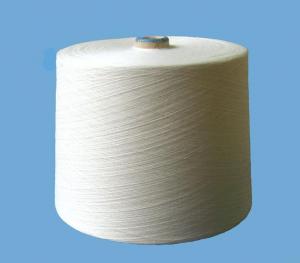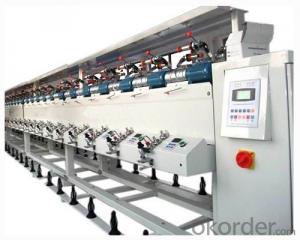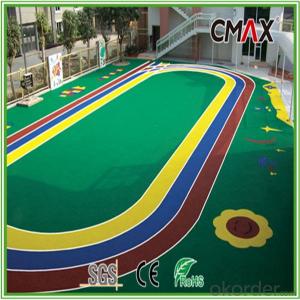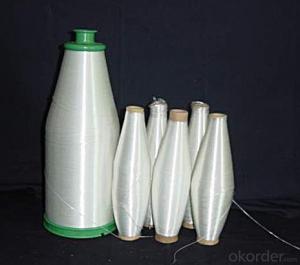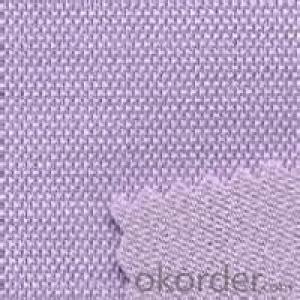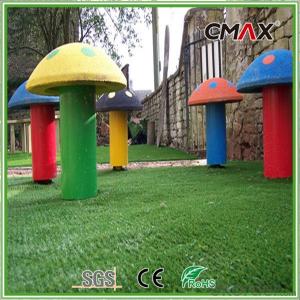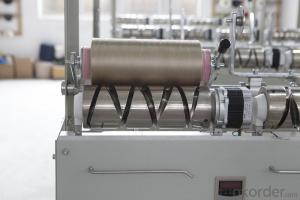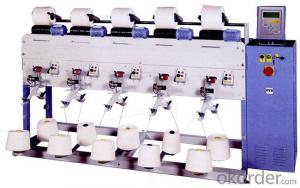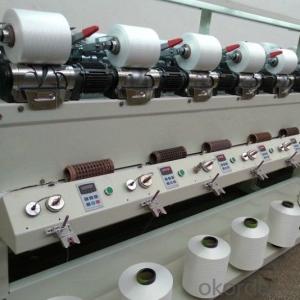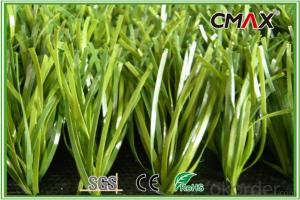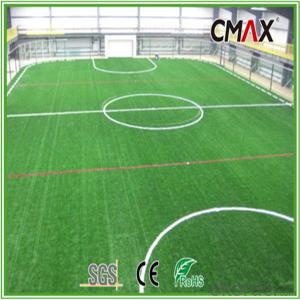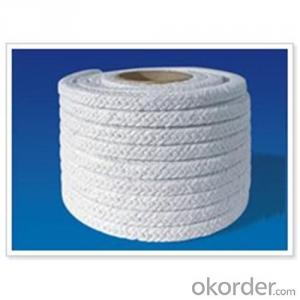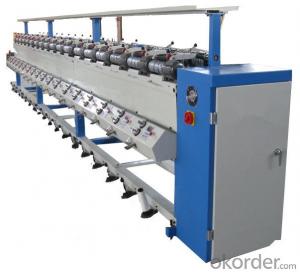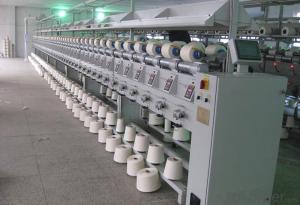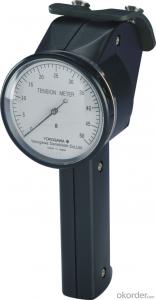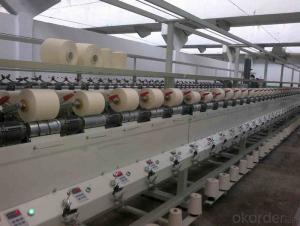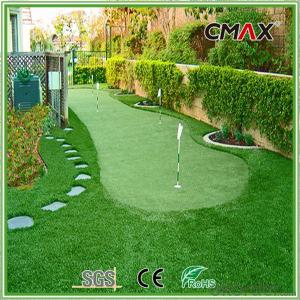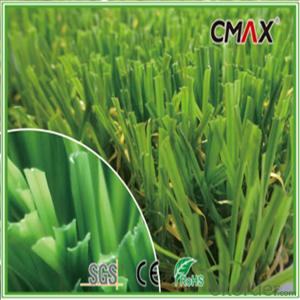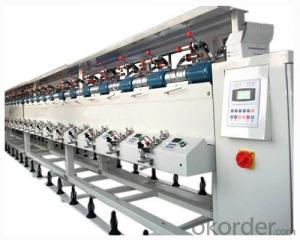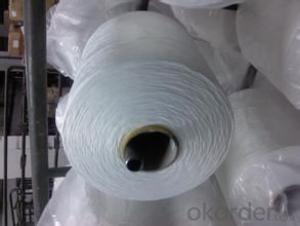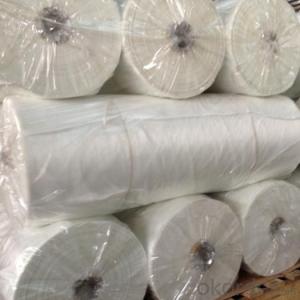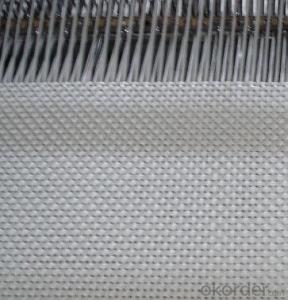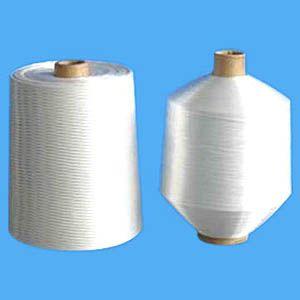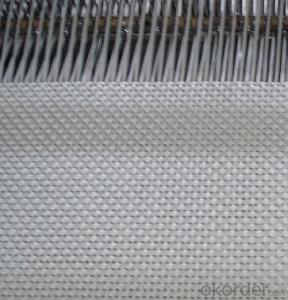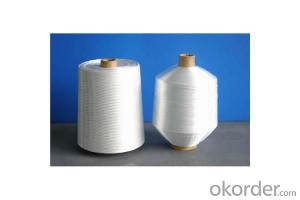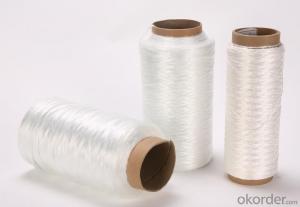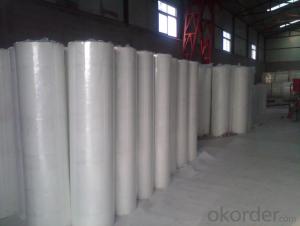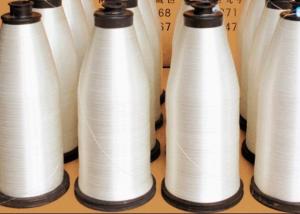Purl Yarn
Purl Yarn Related Searches
2 Inch Styrofoam Insulation Sheets Home Insulation Contractors Indoor Window Insulation Urethane Insulation Panels Fine Home Textiles Classic Wood Furnace Expanded Perlite Insulation Blown Insulation Calculator Cavity Insulation Polyisocyanurate InsulationHot Searches
Thermal Coal Spot Price Australian Thermal Coal Price Rocksol Insulation Cost Cement Fibre Cladding PricesPurl Yarn Supplier & Manufacturer from China
Okorder.com is a professional Purl Yarn supplier & manufacturer, offers integrated one-stop services including real-time quoting and online cargo tracking. We are funded by CNBM Group, a Fortune 500 enterprise and the largest Purl Yarn firm in China.Hot Products
FAQ
- Yes, fiberglass yarn is suitable for making protective clothing. Fiberglass yarn is known for its high strength and durability, making it ideal for providing protection against various hazards. It has excellent heat resistance and can withstand high temperatures, making it suitable for protective clothing in industries such as firefighting, welding, and foundries. Additionally, fiberglass yarn has good electrical insulation properties, making it useful for protective clothing in electrical and electronics industries. It is also resistant to chemicals and can provide protection against chemical splashes or spills. However, it is important to note that fiberglass yarn can be irritating to the skin and respiratory system, so proper precautions should be taken while working with this material.
- Acoustic insulation can indeed utilize fiberglass yarn. The exceptional sound absorption properties of fiberglass make it a favored material for this purpose. Fiberglass yarn can be skillfully woven into different shapes, like mats or boards, and employed as a component in acoustic panels or insulation materials. The yarn's fibrous structure effectively captures and absorbs sound waves, diminishing noise transmission and improving soundproofing abilities. Moreover, fiberglass exhibits fire resistance and durability, rendering it an appropriate option for acoustic insulation in buildings, industrial environments, or the automotive industry.
- The UV resistance of fiberglass yarn is generally considered to be excellent when compared to other materials. Fiberglass has a natural resistance to UV radiation, making it highly durable and resistant to degradation from exposure to sunlight. This characteristic sets it apart from many other materials, such as natural fibers like cotton or wool, which tend to fade and deteriorate over time when exposed to UV rays. Additionally, fiberglass is often used in outdoor applications, such as in the construction of boats or the manufacturing of outdoor furniture, due to its superior UV resistance.
- Yes, fiberglass yarn can be used for reinforcement in sporting goods. Fiberglass yarn is known for its high strength-to-weight ratio and excellent durability, making it an ideal material for reinforcing various sporting goods such as tennis rackets, hockey sticks, and surfboards. The fiberglass yarn can be woven into a fabric or used as a core material to provide additional strength and stiffness to the sporting equipment. Its properties also make it resistant to moisture and corrosion, ensuring long-lasting performance. Additionally, fiberglass yarn is relatively lightweight, allowing for enhanced maneuverability and improved performance in various sporting activities.
- The moisture resistance of fiberglass yarn is generally considered to be excellent when compared to other materials. Fiberglass is inherently water-resistant and does not absorb moisture easily. This characteristic makes it suitable for various applications where exposure to moisture or humidity is a concern. Unlike natural fibers such as cotton or wool, which tend to absorb water and become weakened, fiberglass yarn remains strong and durable even in wet conditions. Additionally, fiberglass yarn does not promote the growth of mold or mildew, making it an ideal choice for areas with high moisture levels. Overall, the moisture resistance of fiberglass yarn is superior to many other materials commonly used in textiles and other industries.
- There are typically two different twisting directions used for fiberglass yarn, which are referred to as S-twist and Z-twist. S-twist is the most common twisting direction used for fiberglass yarn. In this twisting direction, the individual fibers of the yarn are twisted in a counterclockwise direction, creating an "S" shape when viewed from the end. This twisting direction provides a balanced and stable yarn, which is ideal for many applications. On the other hand, Z-twist refers to the twisting direction where the individual fibers of the yarn are twisted in a clockwise direction, forming a "Z" shape when viewed from the end. This twisting direction is less commonly used for fiberglass yarn but can still be found in certain specialized applications. The choice of twisting direction depends on the specific requirements of the end product. Factors such as the intended use, desired strength, and flexibility of the fiberglass yarn play a role in determining the appropriate twisting direction. Manufacturers carefully consider these factors to ensure that the twisting direction of the fiberglass yarn aligns with the desired properties and performance of the final product.
- Indeed, outdoor applications are well-suited for fiberglass yarn. Renowned for its robustness and endurance, fiberglass is widely favored for a range of outdoor purposes. Its ability to withstand the effects of weathering, moisture, and UV radiation renders it perfect for outdoor applications, especially those subjected to severe conditions. Moreover, fiberglass yarn boasts a lightweight and pliable nature, facilitating effortless weaving or knitting into diverse fabrics or materials that can endure the elements. Whether employed in outdoor furniture, awnings, tents, or even construction materials, fiberglass yarn offers a dependable and enduring solution for outdoor applications.
- Fiberglass yarn generally exhibits low electrical conductivity properties. This is because fiberglass is made of glass fibers which are non-metallic and do not conduct electricity easily. The non-conductive nature of fiberglass makes it an ideal material for various applications where electrical insulation is required. However, it is important to note that the electrical conductivity of fiberglass yarn can vary depending on the specific composition and structure of the yarn. Some fiberglass yarns may contain conductive additives or coatings that enhance their electrical conductivity for specific purposes.
